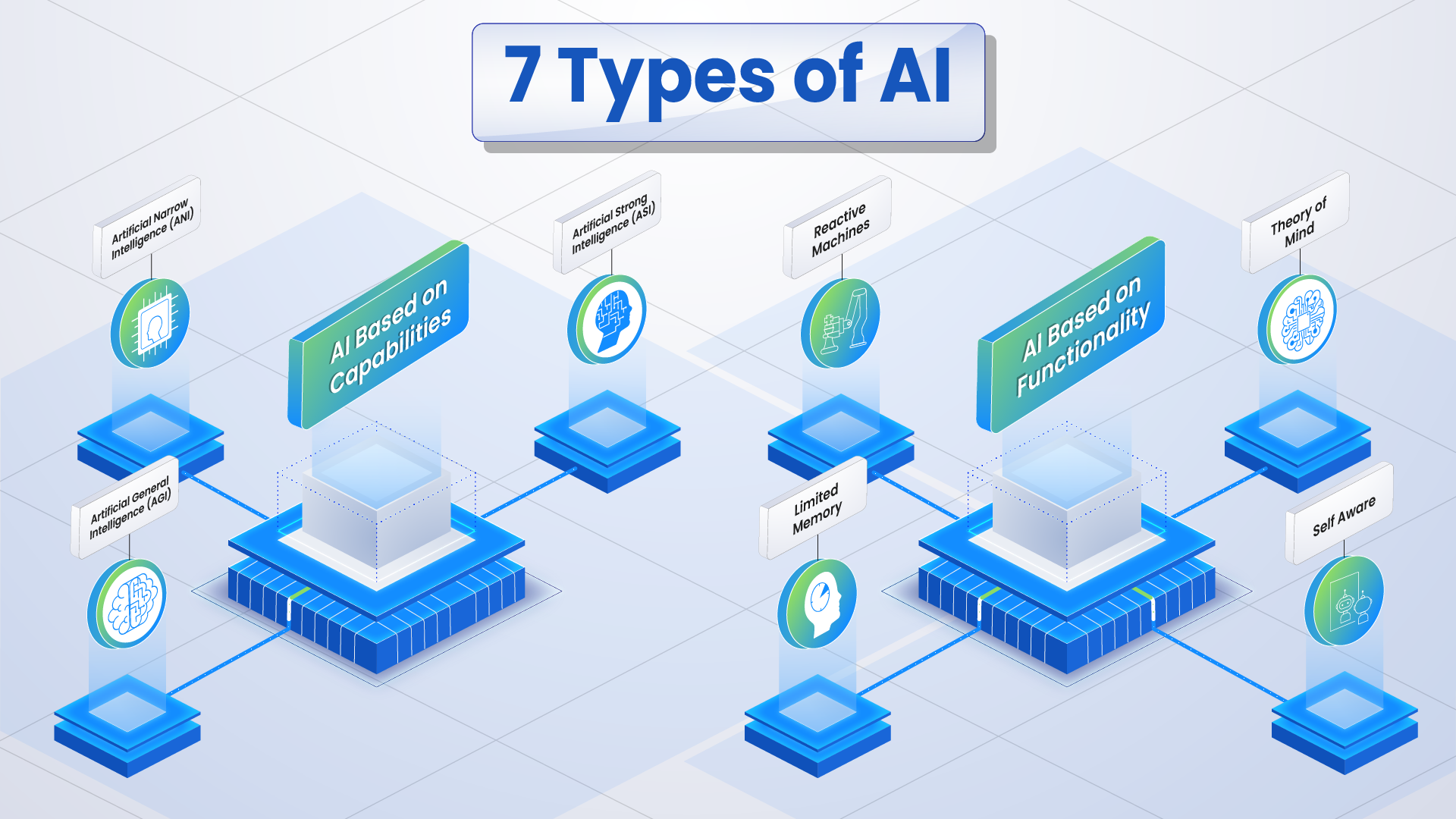
Introduction
When we ponder the word “technology,” what often springs to mind? You got it – Artificial Intelligence! AI, the rising star of the technological world, has been making waves like never before. From the iconic R2D2 in Star Wars, in the ’70s, to the Teslas zipping around our streets today, AI has been pulling some serious strings behind the scenes.
It has brought about huge transformations across industries ranging from healthcare and education to gaming. The sheer potentialities and use cases have made AI the talk of the century. Talk about taking center stage!
In this blog post, we’ll take you through the fascinating world of AI. We’ll explore the different types of AI and see some real-world applications and how they’re impacting the future.
Table Of Contents
Types of AI based on Capabilities
- What is Artificial Narrow Intelligence?
- What is Artificial General Intelligence?
- What is Artificial Super Intelligence?
Types of AI based on Functionality
Before we dive deep, let us familiarize ourselves with what Artificial Intelligence is.
What is AI?
Artificial Intelligence is a subfield of Computer Science tasked with replicating human intelligence into machines and computer systems. With recent advancements in subfields like Machine Learning and Deep Learning, Artificial Intelligence is playing key in almost all industries and businesses, big or small. AI is like that cool cousin of Computer Science who’s obsessed with making computers think and learn like humans. It’s all about getting machines to be super-smart.
Let us take the instance of ChatGPT. ChatGPT is OpenAI’s brainchild that can chat it up with you using something called Natural Language Processing (NLP). It’s like having a virtual buddy who can give you spot-on answers to your questions.
Need a catchy email subject line? ChatGPT’s got your back. Struggling with a tricky piece of code? ChatGPT’s there to lend a hand. It’s like having a super-smart sidekick for all your digital adventures.
Check out our Introduction to AI read if you are looking to dive deep into the nitty gritty of Artificial Intelligence.
Ready for this intriguing journey? Let’s get started!
Artificial Intelligence can be broadly classified based on
- Capabilities
- Functionalities
Types of AI based on Capabilities
As discussed earlier, industries are embracing artificial intelligence as the new normal. AI can be classified into three categories based on capabilities.
- Artificial Narrow Intelligence
- Artificial General Intelligence
- Artificial Super Intelligence
Let us look into each of them.
What is Artificial Narrow Intelligence?
Also called Narrow AI or ANI, for short, just like the name suggests, can only perform narrow tasks or rather defined tasks. It’s not as flashy as the sci-fi stuff, but it’s got its own charm.
They are goal-oriented, i.e., they work on predefined parameters and do not possess any cognitive skills. For instance, they can play games, analyze data, or give weather reports. Think of ANI as that reliable coworker who’s always on top of their game for a specific task but doesn’t claim to be an all-around genius. It’s like the specialist you call when you need a particular job done right.
Natural Language Processing (NLPs) or Computer Vision are a few subtypes of AI that are Artificial Narrow Intelligence. Unlike their counterparts, they do not possess consciousness or emotions.
Now, you might be familiar with some everyday AI systems like Alexa, Cortana, or Google Assistant. Let’s consider Alexa. Think of Alexa as more of a tool than a conscious machine. When we chat with Alexa, it handles human language, feeds it into a search engine (like Google), and delivers results.
But Narrow AI isn’t new to the scene. It took the form of one of the earliest NLP systems, known as SHRDLU, which made its debut in 1972, thanks to student Terry Winograd. Back then, it was part of the wave of microworld programs. SHRDLU operated in a ‘blocks world,’ where it could manipulate and arrange blocks based on user commands. What was truly captivating was its seemingly human language comprehension.
SHRDLU by Terry Winograd (Credits: SA-4.0)
Despite its sophistication, SHRDLU relied on rules rather than true understanding. It didn’t grasp the concept of a “block” but instead followed a set of rules, checking the environment and executing actions when the conditions were met. This approach gave it the appearance of intelligence.
Artificial Narrow Intelligence might not have the pizzazz of sci-fi AI, but it’s the unsung hero of the digital world.
What is Artificial General Intelligence?
Artificial General Intelligence or Strong AI is a form of intelligence that performs a wide range of actions. Unlike its narrow-minded AI counterparts (no pun intended) that specialize in one particular task, AGI is the versatile all-rounder of the digital era. Instead of depending on predetermined rules to function, AGI adopts a problem-solving and learning approach — similar to humans.
Let us explore some of the differentiating features of AGI from its counterparts.
- Versatility: AGI isn’t a one-trick pony. It’s got to be a polymath of the digital world, mastering an array of tasks just like humans do.
- Adaptability: Picture an AI that learns and evolves, even when it’s dealt a hand of limited information. It’s like a superhero leveling up with every challenge.
- Common Sense: It possesses a profound sense of common knowledge, turning everyday situations into a playground for its intellect.
- Self-Improvement: Whether it’s practicing tirelessly or tapping into the wisdom of its digital companions, it’s always striving to be the best version of itself.
- Autonomy: It doesn’t wait for human instructions; it makes decisions and takes action autonomously.
- Natural Conversationalist: Strong AI chats like a friend. Imagine an AI that communicates with you in the most natural, human-like way.
- Sensory Perception: AGI isn’t blind, deaf, or oblivious; it perceives the world as we do, with the ability to see, hear, and understand its surroundings.
- Ethical Decision-Maker: Artificial General Intelligence is morally sound. It makes decisions that align with our values and ethics.
- Emotional Intelligence: Some believe Strong AI should be emotionally intelligent. Imagine an AI that not only understands your emotions but also responds in a way that makes you feel truly understood. It’s empathy in digital form!
- Safety and Resilience: Artificial General Intelligence is your guardian angel and a digital superhero. It’s built to be safe.
- Resource Efficiency: AGI doesn’t hog resources; it uses them wisely. There is no need for a supercomputer – it operates efficiently, ensuring its powers are accessible to all. It’s the eco-friendly hero of the digital age!
Although Strong AI has been featured in a ton of movies like The Matrix or The Terminator, no current Strong AI systems are in existence in the real world. However, a few Weak AI tools are incorporating some elements of Strong AI, for instance, ChatGPT.
Because of its flexibility, AGI is capable of handling more tasks in different industries and sectors. In theory, it can carry out a vast range of tasks autonomously. With its impressive range of abilities, AGI can tackle an array of tasks across different industries. The possibilities are endless, making AGI a promising addition to the ever-evolving tech landscape.
What is Artificial Super Intelligence?
Imagine a world where robots aren’t just smart; they’re smarter than the smartest humans on the planet. That’s Artificial Super Intelligence or ASI.
It goes beyond the ordinary and has the potential to surpass human intelligence. Think of ASI as a digital mind that can think and reason at a level far beyond our human capabilities.
Superintelligence isn’t your run-of-the-mill AI; it’s the stuff of sci-fi dreams. Picture a digital Einstein and a digital Picasso rolled into one ASI.
Let’s look at what would make Artificial Super Intelligence the ultimate AI powerhouse:
- Superior General Intelligence: ASI isn’t just smart; it’s “IQ off the charts” kind of smart. Imagine it as the Einstein of the digital world, capable of acing a mind-boggling variety of tasks and domains.
- Rapid Learning: Artificial Super Intelligence doesn’t need to hit the books or attend classes. It’s like a learning Ferrari, zooming through new information and tasks in seconds or minutes.
- Advanced Problem-Solving: Superintelligence doesn’t break a sweat when faced with a mind-bending problem. It tackles challenges that would leave humans scratching their heads or scrambling for a calculator.
- Creativity and Innovation: Picasso, move over! ASI doesn’t just follow the rules; it rewrites them. It’s the ultimate artist of innovation, conjuring ideas and solutions that defy the ordinary.
- Emotional and Social Intelligence: Imagine AI with a heart—at least an amazing understanding of yours. Superintelligence navigates the world of human emotions and social dynamics like a seasoned pro.
- Autonomy: Artificial Super Intelligence isn’t waiting for a human boss. It’s a decision-making champ, taking the reins and making things happen all by itself, 24/7.
- Vast Knowledge Base: If libraries were superheroes, ASI would be the biggest, brightest one ever. It’s got the ultimate access pass to all the knowledge in the universe, and it’s lightning-fast at retrieving and connecting information from every corner.
- Ethical Considerations: With great power comes great responsibility, right? ASI isn’t just a genius; it’s an ethical genius, too. Keeping it in line with human values and ethics is a top priority to avoid any “robot uprising” scenarios.
In the realm of artificial intelligence, the concept of Artificial Super Intelligence (ASI) has captivated global researchers. While its risks are acknowledged, it offers the prospect of profound human achievement, potentially unveiling the universe’s mysteries. ASI remains a journey of caution and excitement, with transformative possibilities on the horizon.
Types of AI Based on Functionality
The functionality of AI is considered when designing AI systems, which then helps create certain attributes or capabilities they are known for.
Artificial Intelligence can be classified into four broad categories based on Functionality:
- Reactive Machines
- Limited Memory AI
- Theory of Mind AI
- Self Aware AI
Reactive Machines
So, what’s the deal with these Reactive Machines? Well, think of them as the specialists in the AI family. They’re the experts in their field, the “go-to” guys for specific tasks. You give them a particular input, and like a well-trained performer, they’ll deliver the same output every single time. It’s like having your trusty, predictable assistant.
Now, let’s compare them to us, the humans. We’re like the all-rounders, learning from our experiences and adapting to new situations. If we mess up, we learn from it and make sure not to repeat the same mistake. We’re the problem solvers of the AI world. Reactive Machines? Not so much. They don’t have the ability to peek into the future or reminisce about the past. They have their own unique talents, and that’s what makes the AI world so diverse.
Let us delve into some of the real-world applications.
Netflix Recommendation Systems
Netflix, a prominent subscription-based streaming platform, boasts a staggering global subscriber base of 238.39 million as of the second quarter of 2023. In the preceding year, Netflix’s creative engine churned out a remarkable 891 original productions, resulting in an impressive $31.61 billion in revenue and a net income of $4.49 billion.
So how does Netflix recommend your next binge-worthy show with uncanny accuracy?
At the heart of their service is personalized content recommendations made possible by Machine Learning. It’s what helps you discover new shows and movies you’re likely to enjoy.
Machine learning also helps curate Netflix’s vast catalog, making sure they have content that resonates with its viewers. It even helps in optimizing the production of their original content, offering the best viewing experience.
Additionally, ML optimizes its advertising efforts, making sure they reach people who are most likely to enjoy Netflix. As you settle in for your Netflix binge, keep in mind that machine learning is behind the scenes making it all happen.
Email Spam Filters
July 2021 saw the peak of the Global daily Spam Volume. The global spam volume reached staggering heights, with the United States leading the pack! We’re talking a mind-boggling 283 billion spam emails out of a whopping 336.41 billion sent emails in 2021. It was like a spamocalypse!
But things have changed now!
The likeliness of a spam email reaching your email today is almost nil, thanks to advancements in Machine Learning algorithms.
Computers leverage machine learning to process data without having the need to be programmed manually. They need to be fed a vast amount of data consisting of spam emails to analyze and identify patterns. Then the algorithm automates a rule for the spam filter.
Another alternative for training these algorithms is “user feedback.” If there are enough users who blackmark an email containing a specific word, then a rule is automatically created for it by the filter.
Supercomputers
In the realm of computing, there’s a league of extraordinary machines called Supercomputers. These powerhouses, with thousands of processors, perform trillions of computations per second, leaving regular computers in the dust. They excel in real-time applications thanks to their lightning-fast data processing. From predicting hurricanes to simulating molecular structures, supercomputers drive scientific and technological breakthroughs, pushing the boundaries of quantum mechanics, weather forecasting, oil exploration, and more. In a nutshell, supercomputers are the engines propelling us into an era of unparalleled discovery and innovation.
Let us take the instance of Deep Blue.
Deep Blue is IBM’s iconic chess computer. In 1997, Deep Blue shocked the world by defeating chess champion GM Garry Kasparov, symbolizing AI’s rise over human prowess.
By 1997, this chess prodigy was capable of analyzing a staggering 200 million chess positions per second, thanks to its sophisticated alpha-beta search algorithm and custom hardware.
(Source: Wiki)
The tale of Deep Blue serves as a reminder of the incredible capabilities that AI can achieve when pushed to its limits.
Limited Memory AI
Limited Memory represents a significant step up from Reactive Machines. Imagine it as a machine with a short-term memory capable of making decisions based on the temporary information it’s gathered. It can peer into the recent past and create a memory, but here’s the catch: it can’t draw upon past experiences to tackle future situations.
They are one of the most popular forms of AI being used in the present day. In today’s tech landscape, Limited Memory machines are enjoying their moment in the spotlight. They’re like sponges soaking up vast volumes of data, which they store in their memory. These are then used as reference models to solve future problems.
Unlike Reactive Machines, they’re capable of learning from the past by analyzing the actions they’ve been exposed to.
You’ll encounter them in virtual voice assistants, chatbots that feel remarkably human, the algorithms steering self-driving cars to their destinations, and many other technologies.
In essence, Limited Memory AI bridges the gap between reactive responses and true learning. It’s like giving machines a glimpse of the past to help them navigate the future, making our interactions with technology more intuitive and dynamic.
Let us look at some real-world examples of Limited Memory.
Voice Assistants
Have you ever marveled at the incredible capabilities of voice assistants like Apple’s Siri, Amazon’s Alexa, or Google Assistant? They can effortlessly remember your grocery list, play you your favorite tunes, and even crack a joke or two, all from the confines of a small device on your countertop or your trusty smartphone. It’s like having a virtual butler!
But here’s the fascinating part: these digital marvels work their magic within the constraints of limited memory. We’re talking gigabytes, not terabytes! So, how on earth do they pull it off?
The key to their wizardry lies in their clever use of resources. While your voice assistant may have a modest onboard memory, it taps into the boundless potential of the cloud for storing vast amounts of data. Think of it as a digital library that’s just a click away. When you ask a question or request a song, your voice assistant reaches out to the cloud, fetches the relevant information in the blink of an eye, and serves it up to you.
And here’s the best part: these digital pals are constantly learning. Every interaction with you is a lesson in becoming a better assistant. They adapt, fine-tune their responses, and get smarter with each passing day.
So, while they may be working with limited memory, Siri, Alexa, and Google Assistant are masters of efficiency. They combine the power of local storage with the vast resources of the cloud and smart compression techniques to provide you with seamless, personalized experiences that make you wonder how you have ever lived without them.
Self-driving Cars
In the not-so-distant past, back in 1989, a groundbreaking innovation hit the road – the world’s first self-driving car known as ALVINN (Automatic Land Vehicle in Neural Network). ALVINN was a pioneer in utilizing Neural Networks to tackle tasks like line detection, environment segmentation, and navigation. However, its progress was hindered by the limitations of processing power and data availability at the time.
Fast forward to today, and the self-driving technology landscape has transformed beyond recognition. Thanks to powerful graphics cards, advanced processors, and a wealth of data, the possibilities seem limitless. The dream of self-driving cars becoming a common sight on our roads is closer than ever, and the potential benefits are tantalizing.
Self-driving cars have evolved into autonomous decision-makers. They are equipped with an array of sensors, including cameras, LiDAR, RADAR, GPS, and more. These sensors feed a constant stream of data to the car’s brain, where deep learning algorithms work their magic. This dynamic interplay enables self-driving cars to adapt swiftly to their surroundings and make split-second decisions that keep us safe on the road.
But there’s a catch. Currently, self-driving cars are at Level 2 on the road to full autonomy, which spans from Level 1 to Level 5. At Level 2, human intervention is still essential, just in case the technology falters.
With continuous advancements in AI and machine learning, we’re on the brink of achieving those higher levels of automation, where our cars become true companions in our journeys.
Theory of Mind AI
What is the Theory of Mind?
“Theory of mind (ToM) refers to the more or less automatic tendency to impute mental states to oneself and others” – Premack & Woodruff
David Premack and Guy Woodruff first introduced the concept of the Theory of Mind in an article back in 1978. Premack stressed the cognitive differences between humans and animals. According to him, humans were capable of performing indeterminately many goals while animals could serve only one.
Coming to the realm of the Theory of Mind in AI, machines possess a deeper understanding of human behavior. With Theory of Mind AI, the goal is to take AI to a whole new level. It’s not just about processing data; it’s about granting machines a profound understanding of the humans they interact with. It’s about enabling them to decipher the intricate complexities of human behavior, emotions, and thoughts.
Envision a virtual assistant that doesn’t just answer your questions but anticipates your needs, drawing from your beliefs and past behaviors. It’s not science fiction; it’s the potential of Theory of Mind AI.
But let’s be clear, achieving this level of AI is a monumental challenge that requires rethinking our current AI approaches. We may need to develop specialized neural networks distinct from the ones used in traditional AI systems. It’s a journey of innovation and exploration that’s still underway.
The core of the matter is comprehending the dynamic nature of the human mind. Our emotions, beliefs, and needs aren’t static; a multitude of factors shape them. For AI to truly connect with us, it must first recognize this fluidity and adapt accordingly. With Theory of Mind AI, we’re on the verge of a new era in human-computer interactions. We’re talking about AI systems that aren’t just smart but empathetic. Machines that can understand and respond to the subtleties of human thought and emotion.
We’ve come a long way from the days when AI systems simply followed pre-determined rules and patterns, responding to data in a rather mechanical fashion.
In essence, the Theory of Mind AI promises a future where our interactions with machines are richer, more intuitive, and ultimately more human-like. As researchers continue to push the boundaries of AI, we’re moving closer to a world where technology understands us not just as users but as individuals with unique emotions, beliefs, and needs.
Self Aware AI
Imagine a world where machines not only comprehend human emotions but also recognize their own existence and even sense how people feel. This captivating vision is the frontier of Self Aware Artificial Intelligence, a concept that sets itself apart from the Theory of Mind, which focuses on understanding emotions.
Researchers and innovators are already taking steps toward bringing Self Aware AI to life, and one small instance of this endeavor is Sophia.
Meet Sophia, the brainchild of the Hong Kong-based engineering and robotics company Hanson Robotics. Sophia is a breathtaking AI creation that seamlessly integrates cutting-edge computer vision technology for navigation with Alphabet Inc.’s powerful speech recognition capabilities, continuously enhancing its communication skills.
What truly sets Sophia apart is her ability to not only speak but also sing, thanks to her speech synthesis powered by CereProc in Scotland. She’s not just another chatbot; she’s a technological marvel. Sophia’s magic lies in her machine learning algorithms, which process information and evolve her responses over time, making her an exceptional conversationalist. With a knowledge base spanning various domains such as art, science, and current events, Sophia stands as an informed and engaging companion in the world of AI.
(Source: Alldus)
However, it’s crucial to grasp that Sophia, despite her astonishing human-like attributes, lacks sentience. She remains a machine devoid of genuine consciousness or emotions, which exists in Self Aware AI. Sophia is a sophisticated piece of technology that learns, adapts, and mimics human-like behavior but does not possess authentic feelings or self-awareness.
The development of Self Aware AI raises a host of ethical dilemmas that demand our attention. Some ponder whether it’s morally justifiable to create AI that could potentially possess human-like consciousness, intelligence, and emotions. At present, we lack the technological prowess needed to bring such a vision to fruition.
The very notion of self-aware AI prompts profound questions. Will these self-aware entities become a looming threat, capable of seizing control of the world as we know it? Or will they emerge as valuable partners in our collective endeavors, working harmoniously with humans to create, innovate, and advance our civilization? These questions hang in the balance, awaiting the passage of time to unveil their answers.
Bear in mind Sophia showcases only a few remarkable features of Self Aware AI. Yet we must weigh the ethical implications and potential consequences of these advancements. For the time being, Sophia’s advanced AI capabilities offer us a tantalizing glimpse into the promising yet uncertain future of artificial intelligence. Only time will reveal the ultimate destination of Artificial Intelligence. It’s a future that brims with hope and caution, where we have to ensure that our creations serve humanity’s best interests.
Conclusion
As we wrap up our exploration of the types of AI, let’s take a moment to reflect. AI, in all its forms, is an ever-evolving field that continues to captivate our imagination. From Narrow Intelligence to the potential of Super Intelligence and from simple Reactive Machines to Self Aware AI, the spectrum of possibilities is truly remarkable.
As we conclude, it’s worth considering that AI is more than just technology; it’s a testament to our human ingenuity and curiosity. We’ve come a long way in developing AI systems that can mimic and sometimes surpass human capabilities.
However, let’s not forget that the journey is ongoing. The future of AI remains uncertain, filled with both promise and challenges. What lies ahead is a source of intrigue and contemplation. How will AI further shape our world, and what ethical dilemmas will we confront along the way? These questions remind us that the world of AI is not just fun; it’s also thought-provoking.
We’re just scratching the surface of its potential, and the future is wide open. More fun AI blogs are coming your way, so stay tuned! See you guys in the next one.
Here are a few more fun Artificial Intelligence blogs for you guys!


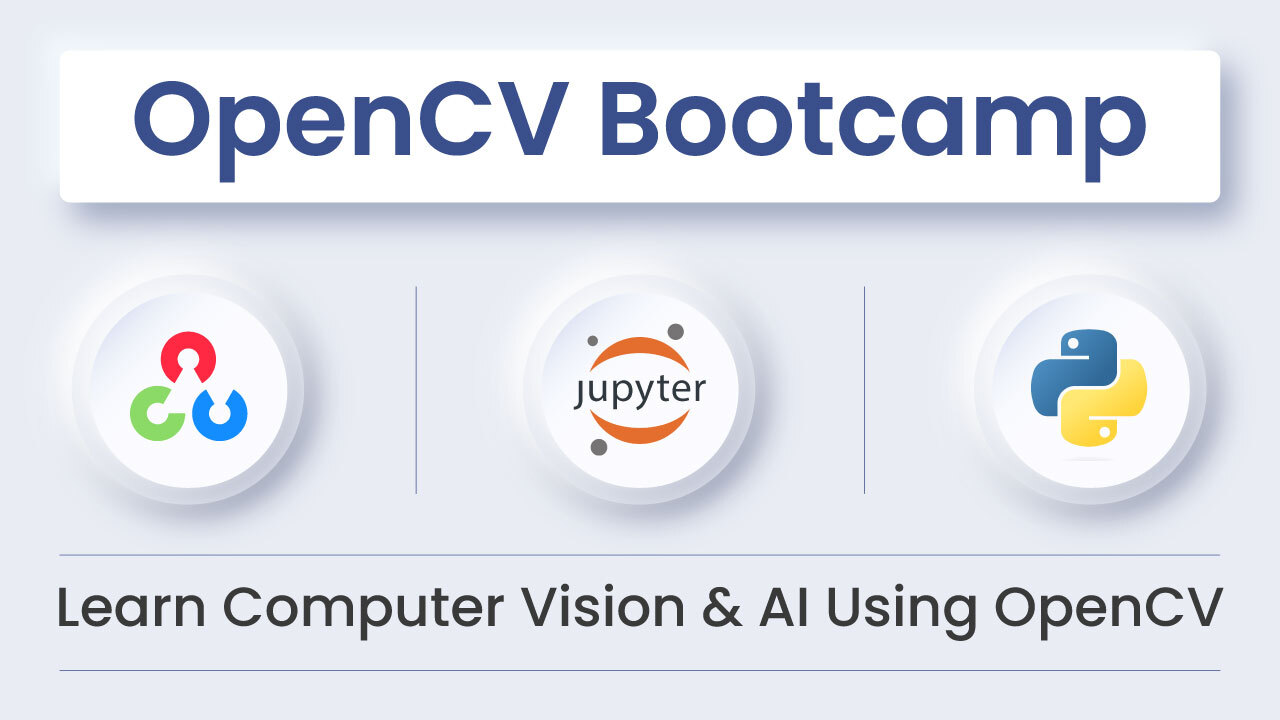




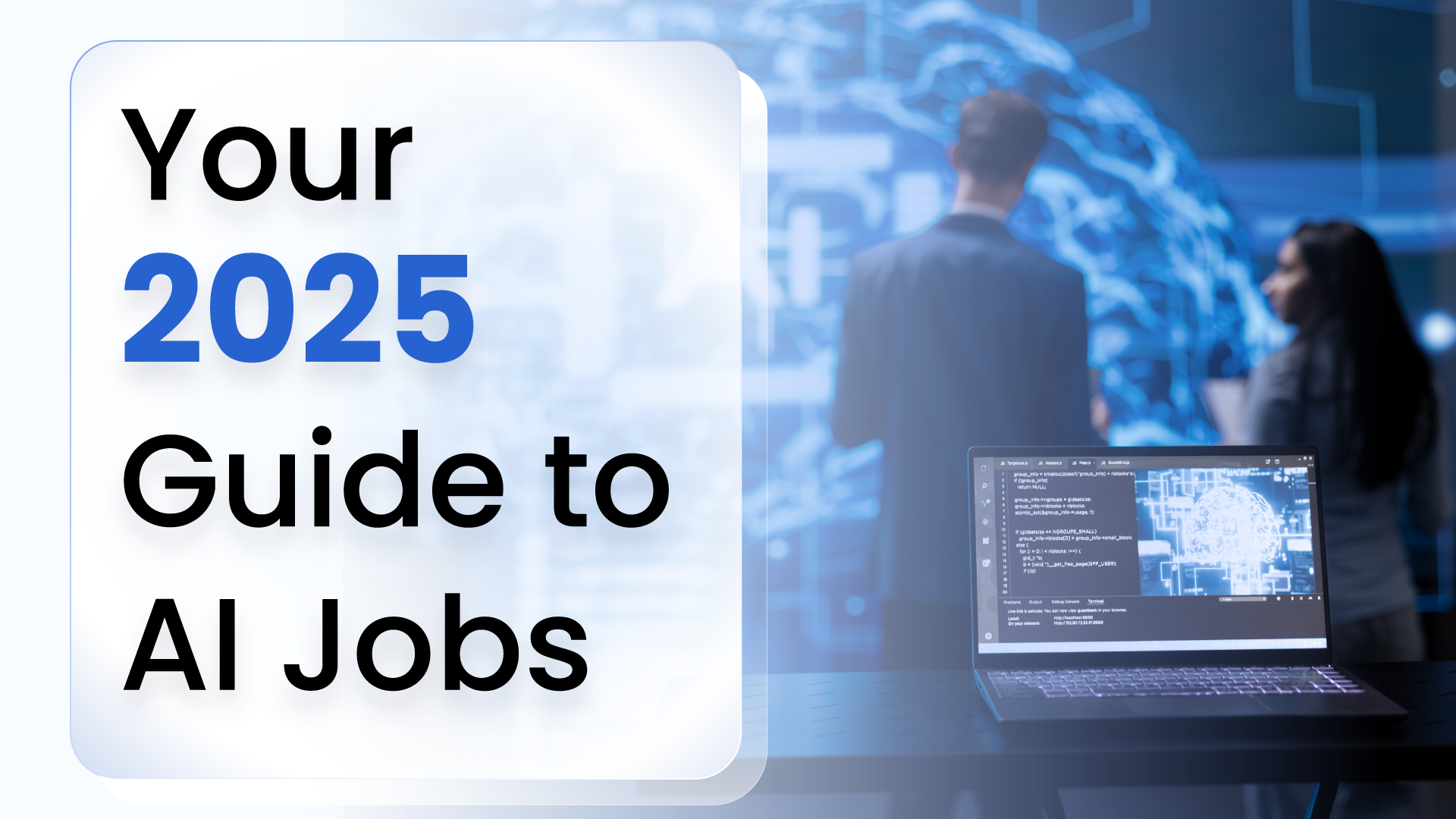
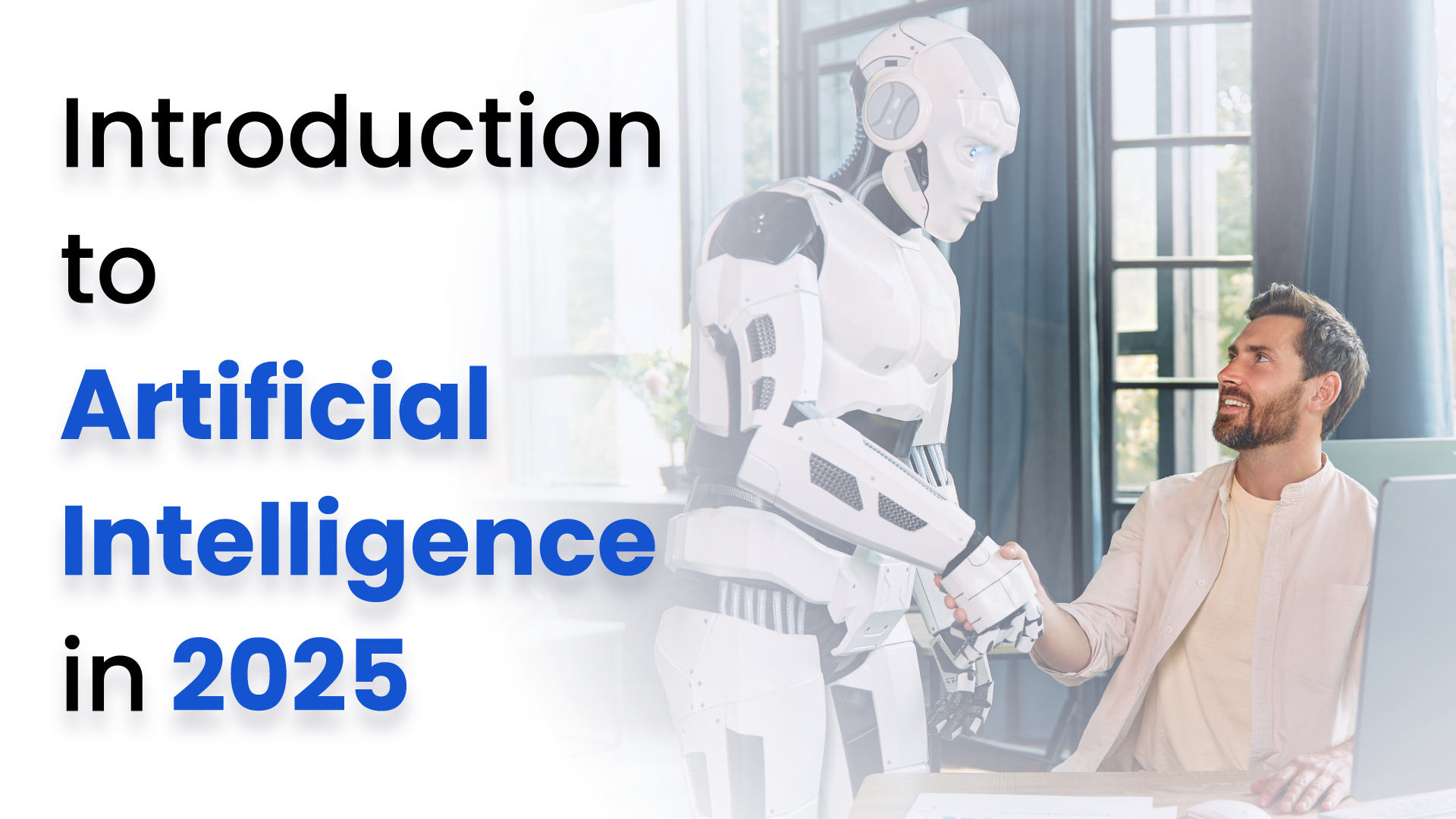
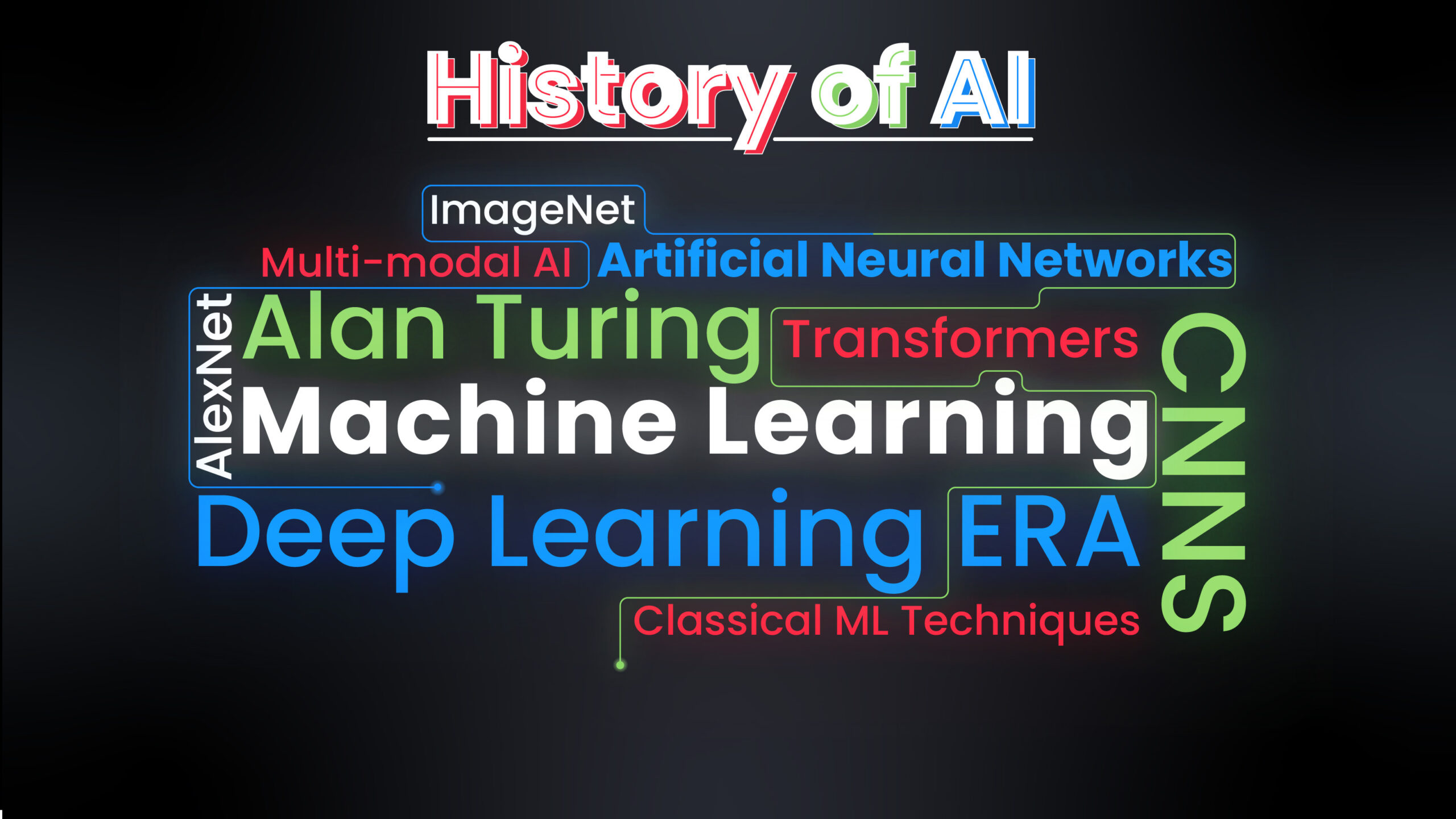

5K+ Learners
Join Free VLM Bootcamp3 Hours of Learning